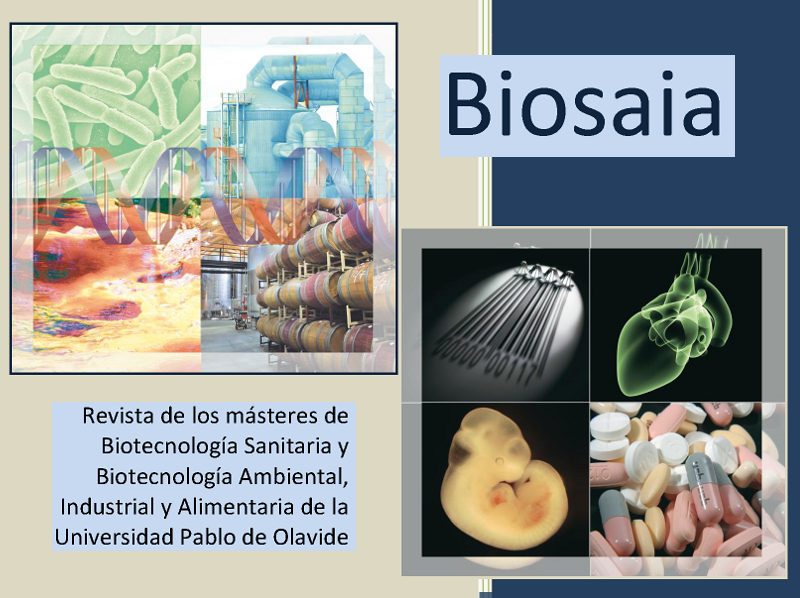The role of incoherent Nodal signaling feedbacks for anterior fate specifications in mouse embryoids
Resumen
Motivation: Embryoids are three-dimensional stem cell aggregates that can self-organize to mimic early embryonic development. At three day after aggregation, mouse embryoids are able to break their symmetry forming a region of high Wnt and Nodal signaling that resembles the primitive streak in the posterior side of the embryo. However, in contrast to normal embryos, they are unable to form an anterior region. A recent study has showed that anterior fates can be stimulated by inhibiting Wnt signaling but it is still unclear if they can be promoted by inhibiting Nodal signaling.
Methods: To study the influence of Nodal signaling on anterior fate specification, we generated embryoids by using a double fluorescent reporter line for the anterior marker Sox1 and the posterior marker Brachyury and we perturbed embryoids by applying a small molecule inhibitor of Nodal singaling at three day after aggregation. We imaged 96 embryoids simultaneously with live-imaging brightfield microscopy and used a software pipeline to quantify the area of Sox1 and Brachyury over time.
Results: Unexpectedly, our data shows that Nodal signaling inhibition does not promote anterior fates but rather leads to a slight increase in posterior fates. Indeed, both in controls and perturbed embryoids we observe an increase in Brachyury area over time but the area becomes even larger following Nodal signaling inhibition. In agreement with this, we observe that the area of Sox1 is larger in controls and smaller in perturbed embryos, confirming that Nodal signaling inhibition stimulates posterior fates rather than promoting anterior ones.
Conclusions: The expansion of Brachyury in controls and in perturbed embryoids reflects the progressive increase in Nodal signaling that is mediated by a Nodal auto-activation and promotes posterior fates in the embryo. On the other hand, Nodal signaling inhibition leads to an unexpected increase in the area of Brachyury and a decrease in anterior fates marked by Sox1. Computational modeling suggests that this counter-intuitive effect can be observed when Nodal inhibtion abolishes the negative self-regulation of Nodal through its inhibitor Lefty without eliminating Nodal auto-activation. In conclusion, our study shows that quantitative data and modeling are essential to interpret perturbations in self-organizing systems that can have counter-intuitive dynamics due to the incoherent feedbacks of signaling pathways.
Descargas
Citas
Beccari, L., Moris, N., Girgin, M., Turner, D. A., Baillie-Johnson, P., Cossy, A. C., Lutolf, M. P., Duboule, D., and Arias, A. M. (2018). Multi-axial self-organization properties of mouse embryonic stem cells into gastruloids. Nature, 562(7726), 272–276.
van den Brink, S.C., Alemany, A., van Batenburg, V. et al. (2020). Single-cell and spatial transcriptomics reveal somitogenesis in gastruloids. Nature 582, 405–409.
Girgin, M. U., Broguiere, N., Mattolini, L., & Lutolf, M. P. (2021). Gastruloids generated without exogenous Wnt activation develop anterior neural tissues. Stem cell reports, 16(5), 1143–1155.
Descargas
Publicado
Cómo citar
Número
Sección
Licencia

Esta obra está bajo una licencia internacional Creative Commons Atribución-NoComercial-CompartirIgual 4.0.





